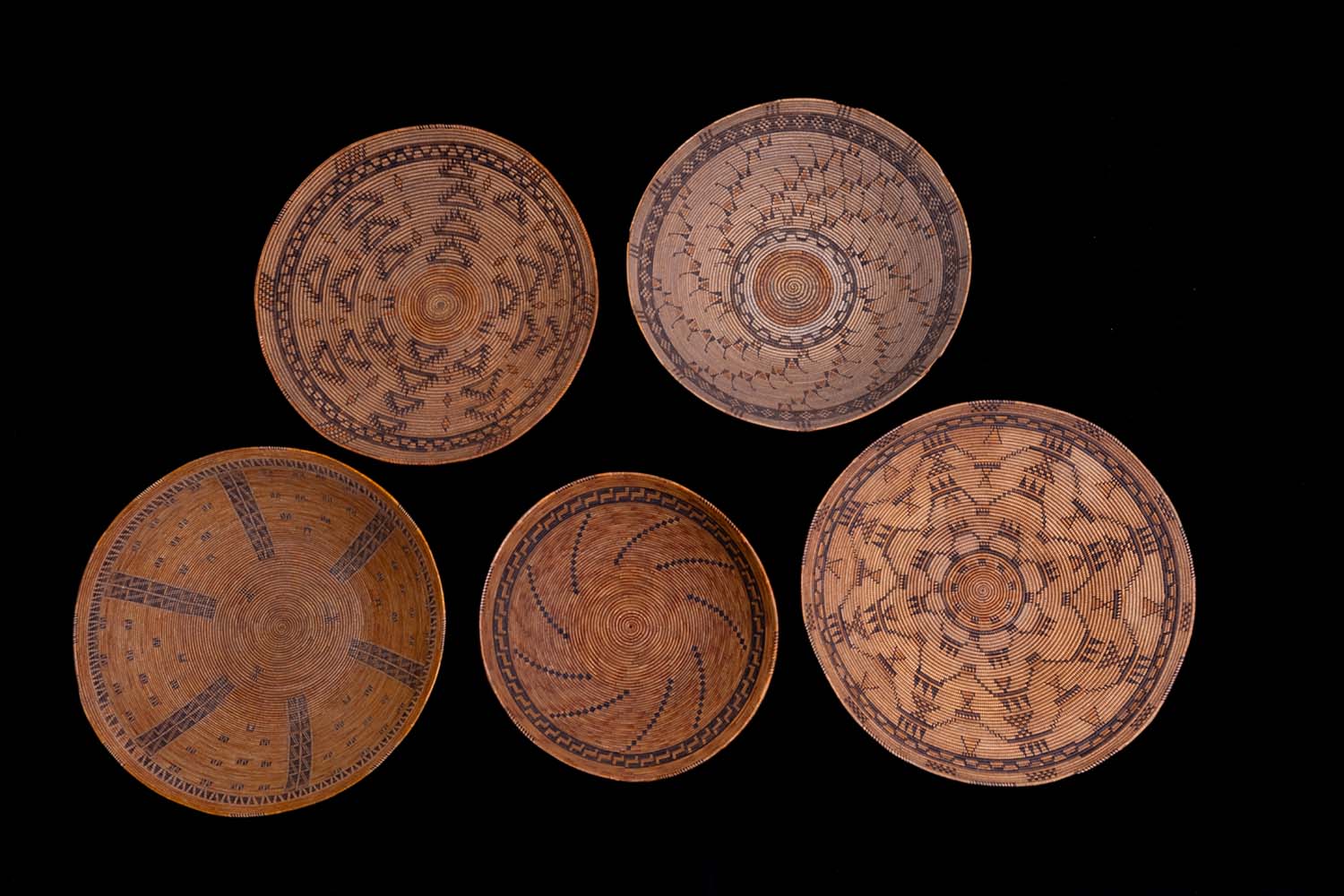
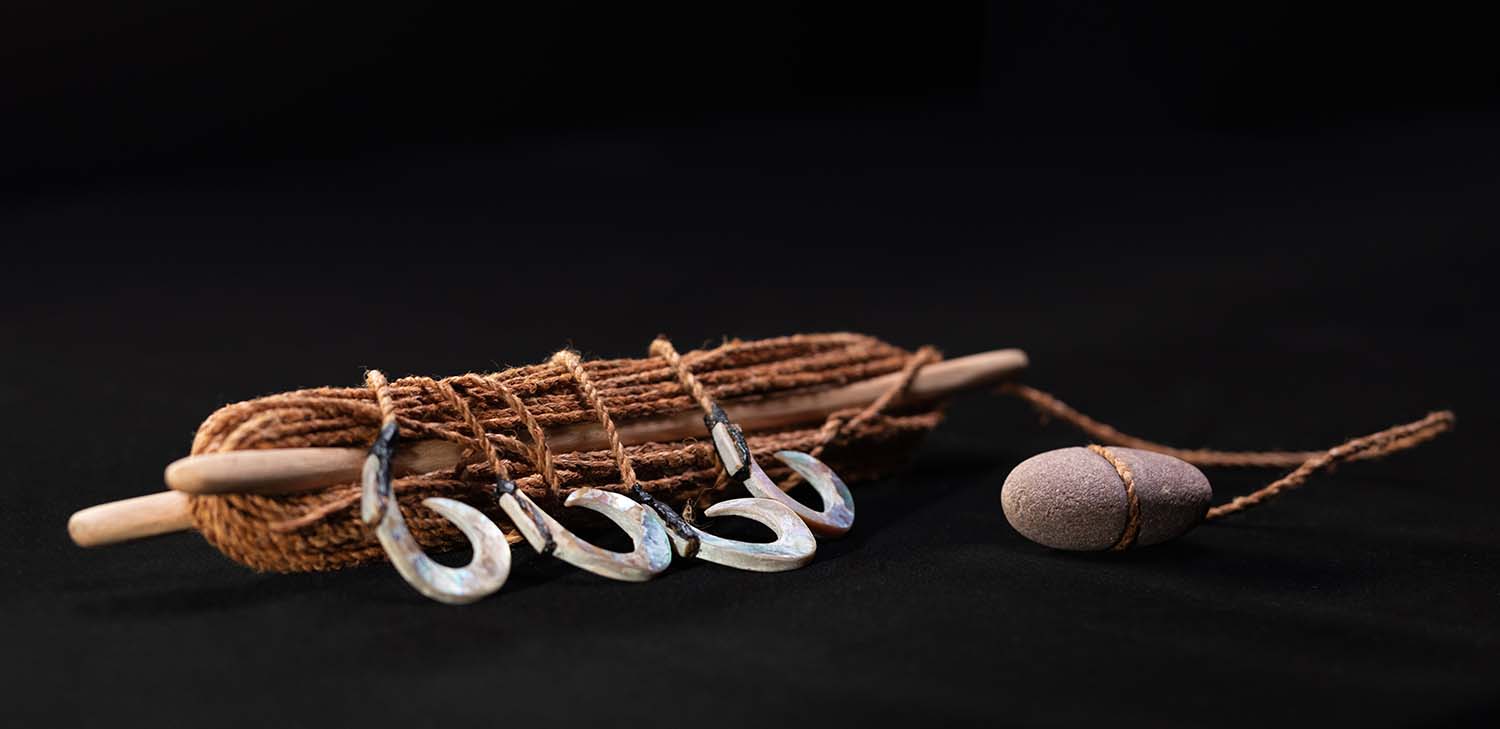





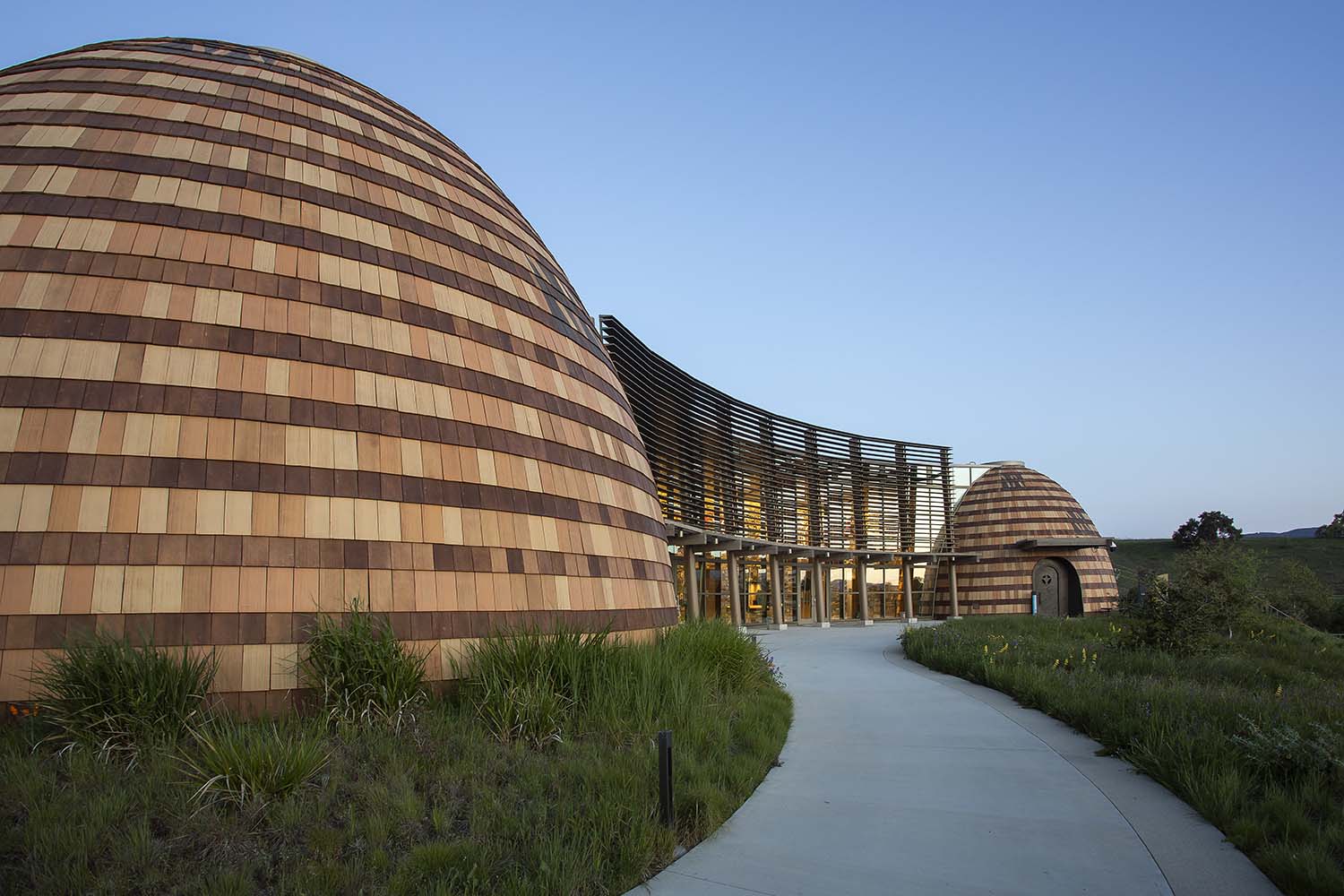
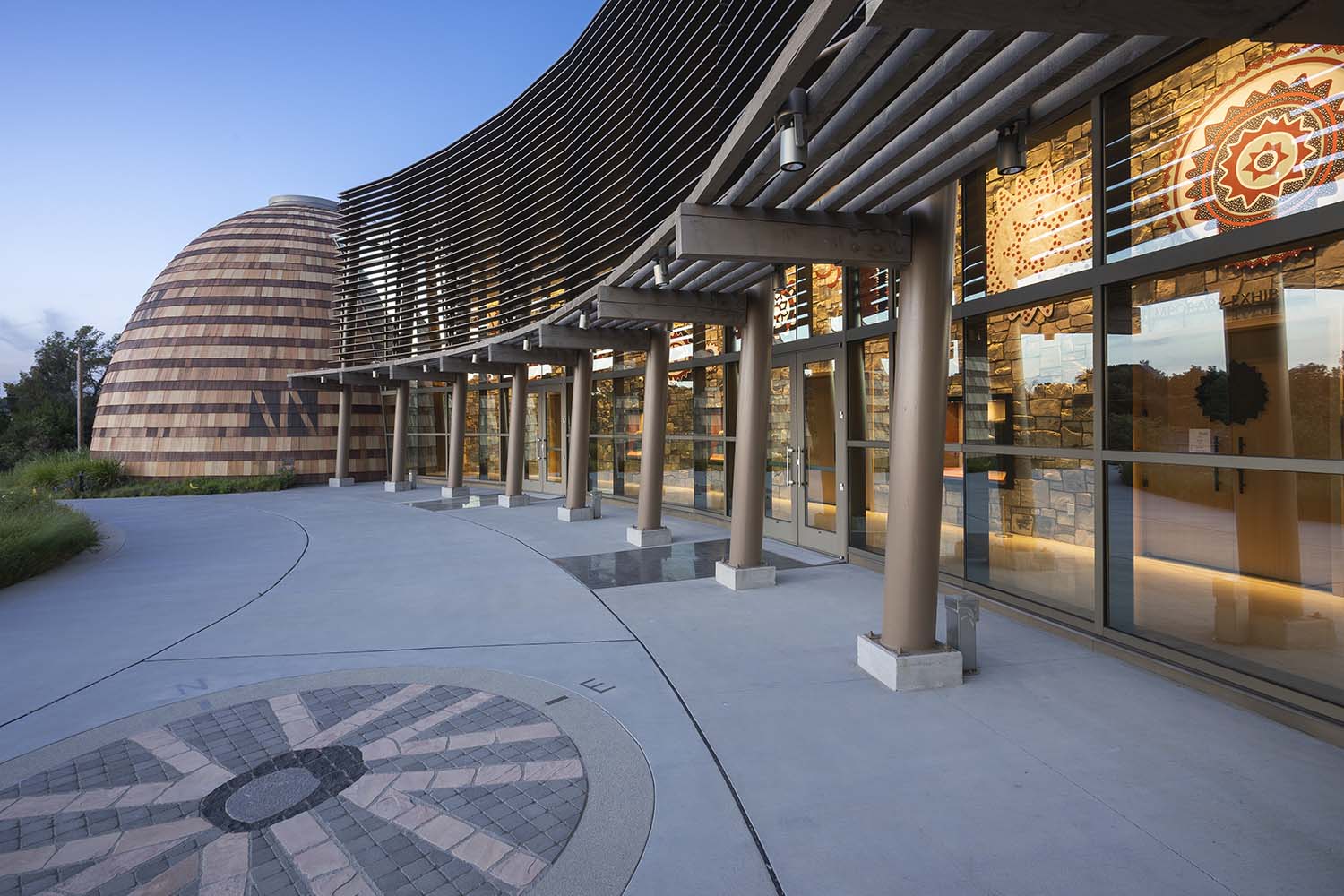
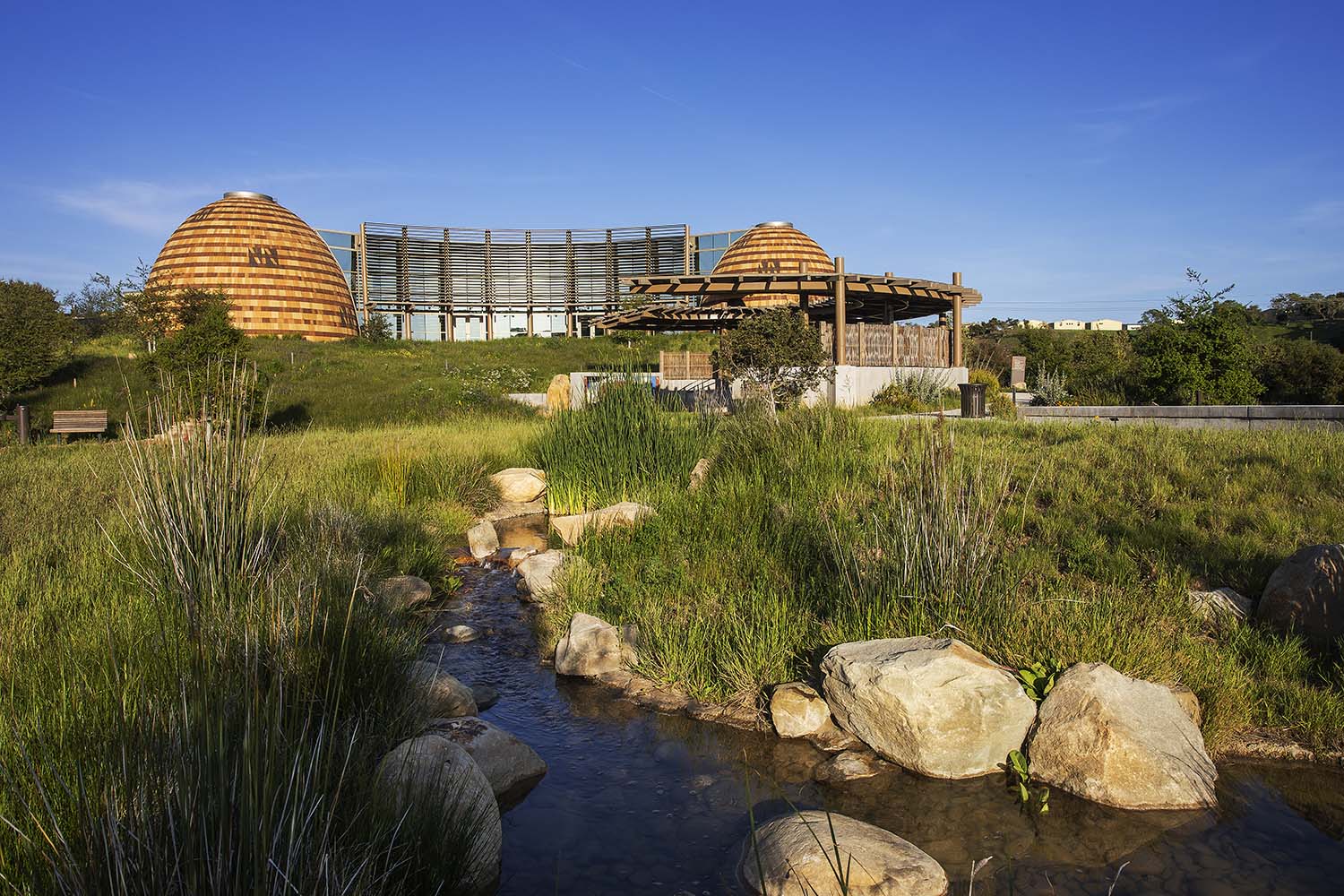

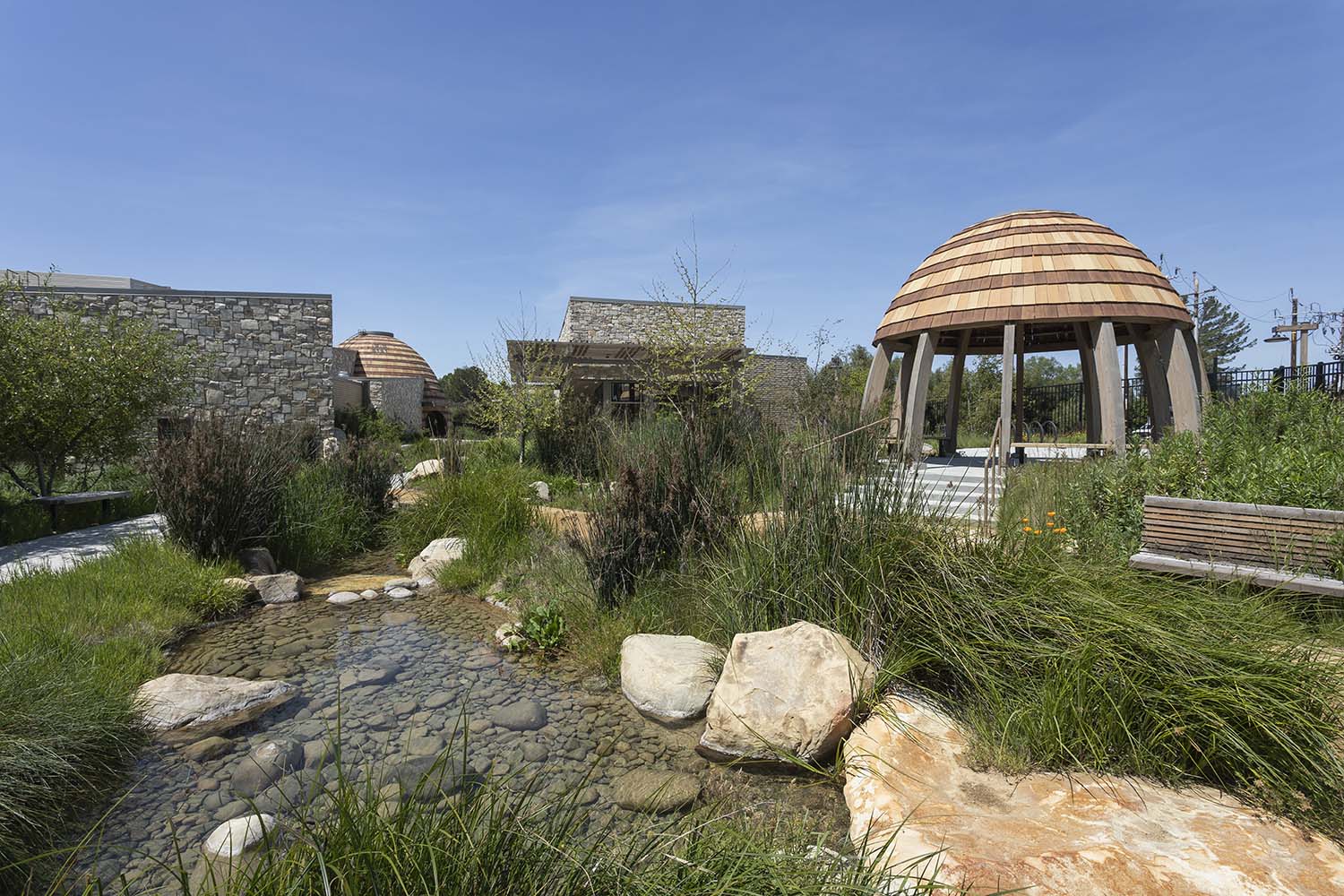
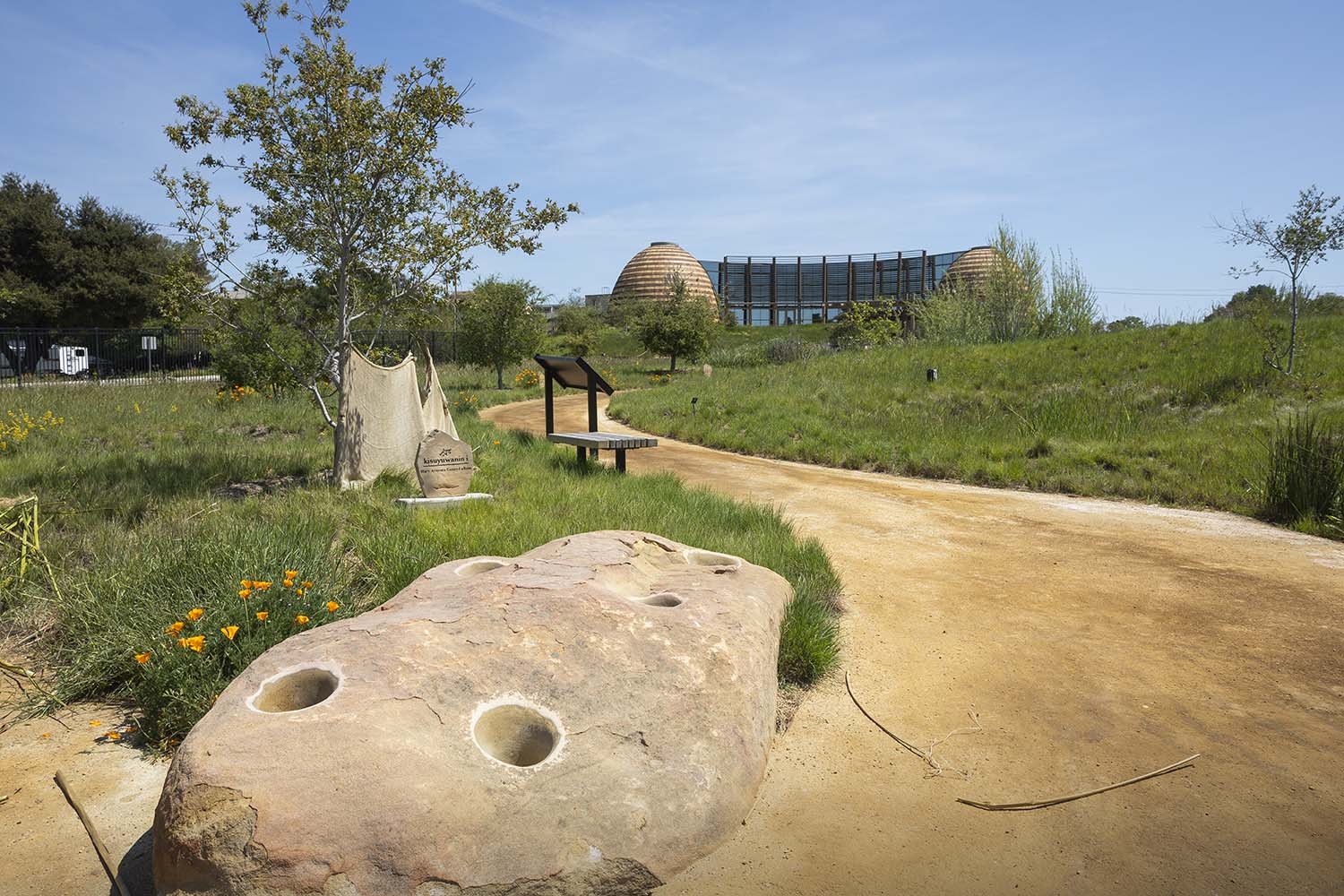

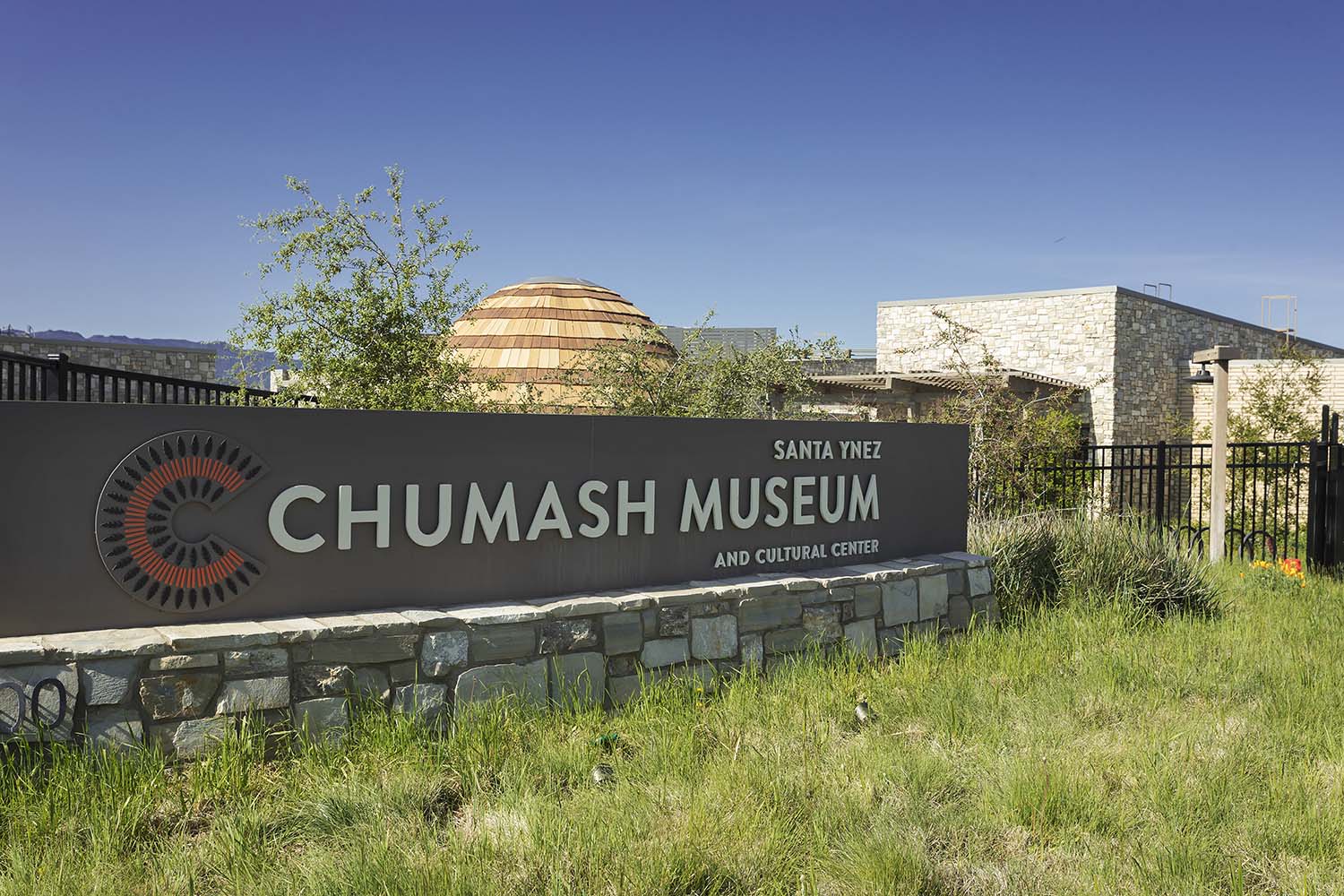
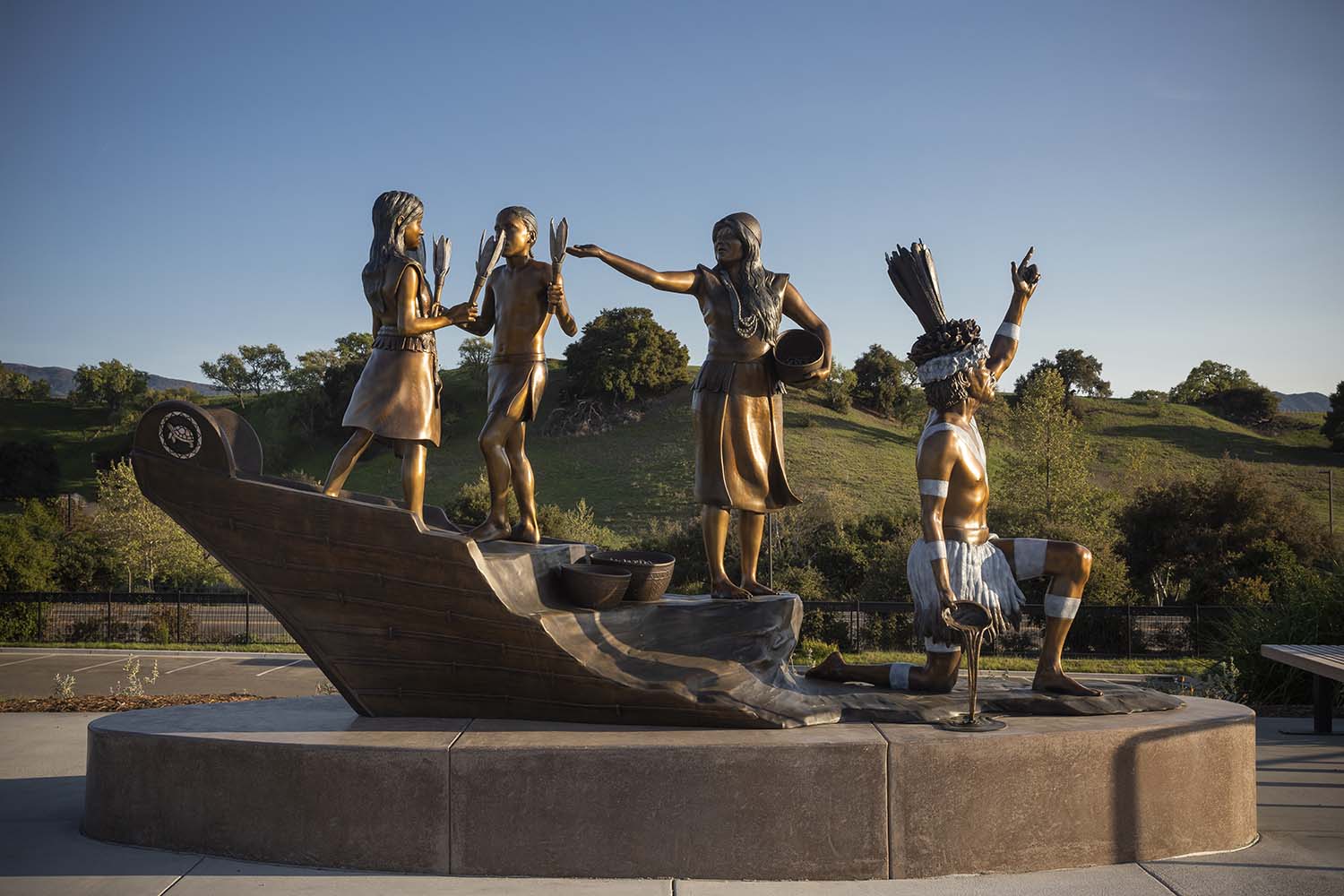
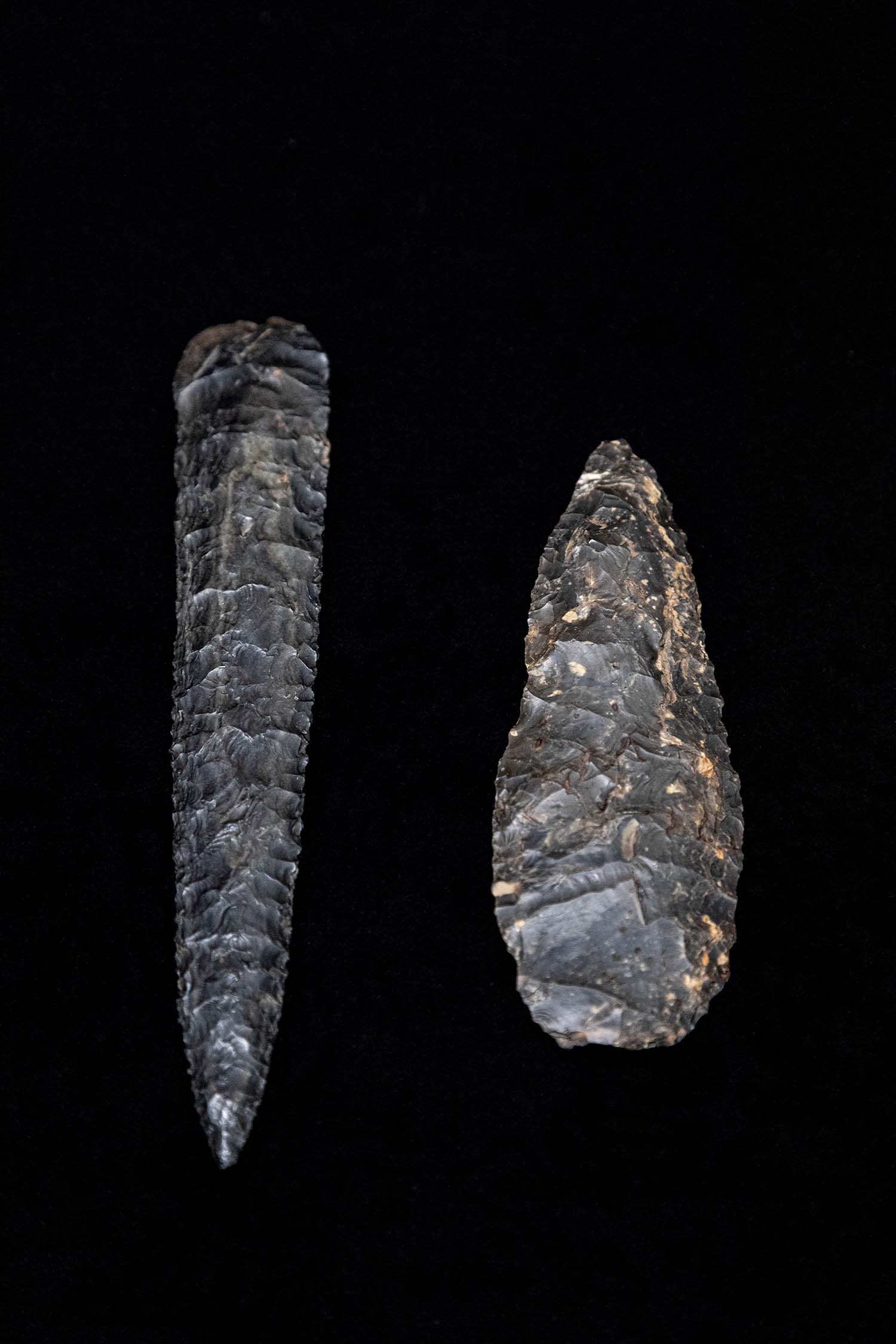
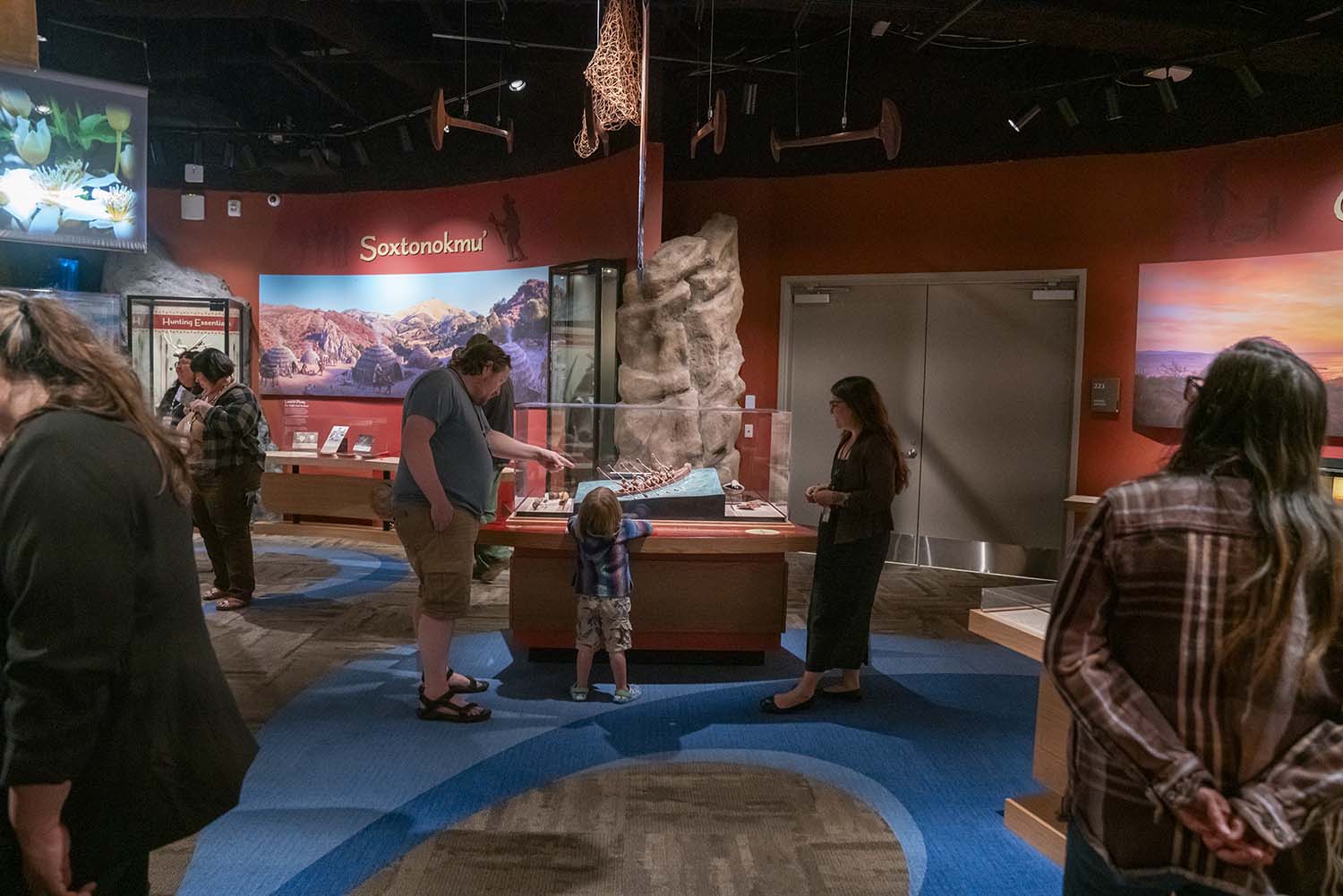
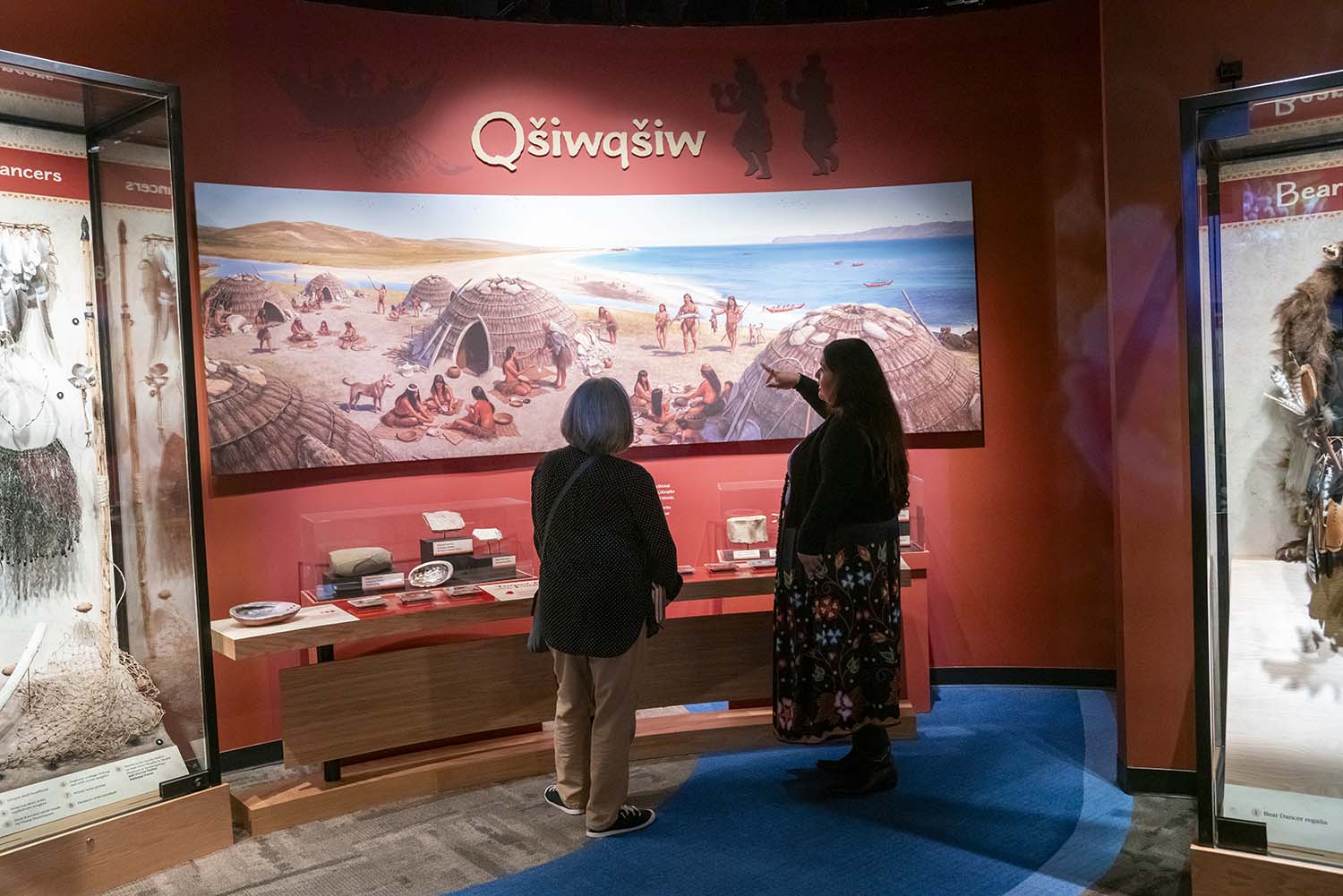

The Santa Ynez Chumash Museum and Cultural Center stands as a testament to the enduring spirit and cultural heritage of the Santa Ynez Band of Chumash Indians. Designed as a place of learning, gathering, and celebration, the museum invites the community and visitors alike to explore the rich history, traditions, and contemporary life of the Chumash people.
Through immersive exhibits, educational programs, and stewardship of the land, the museum honors the Chumash legacy and fosters a deeper understanding of the interconnectedness of people, culture, and the natural world.
The opening of the Cultural Center in May 2025 marks the close of a 10-year project for us! We are all immensely proud to have had the opportunity to be touched by this project.
BMA’s scope for the Santa Ynez Chumash Museum encompassed the full mechanical design and engineering for the museum, Heritage House, and Gift Shop. Our team provided comprehensive HVAC, hydronic, and ventilation solutions tailored to the museum’s unique requirements, including strict environmental controls for artifact preservation, energy-efficient systems, and robust commissioning in compliance with California Green Building Standards (CALGreen).
The design integrates advanced air filtration, humidity control, and flexible zoning to support both public and collection spaces, while prioritizing sustainability and occupant comfort. BMA collaborated closely with the project team to ensure that all mechanical systems support the museum’s mission of cultural stewardship and community engagement, delivering a facility that will serve generations to come.
Visit the Santa Ynez Chumash Museum & Cultural Center. More information here:
Santa Ynez Chumash Museum and Cultural Center
About the Architect
Architect Johnpaul Jones is recognized for his impressive body of work, which includes more than 650 projects such as the Smithsonian National Museum of the American Indian in Washington, D.C.
Jones skillfully blends traditional knowledge with modern design. For this museum, he oriented each main building toward the west, honoring the Chumash people’s identity as the “guardians of the west gate.”